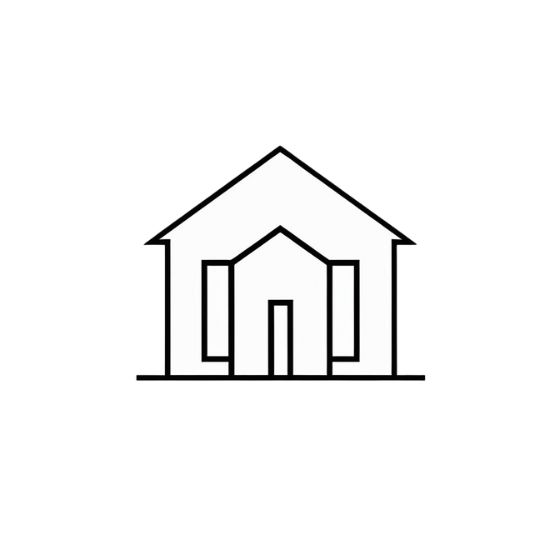Professional Mold Remediation
Safe and effective mold removal by certified specialists using industry-standard protocols to protect your health and restore your Galveston property.
Understanding Mold Growth in Galveston
Galveston's coastal climate creates ideal conditions for mold growth year-round. With humidity levels frequently exceeding 80% and temperatures that rarely drop below freezing, mold spores can become active and begin colonizing within 24-48 hours of water damage occurring. This is why our 24/7 emergency water damage restoration response is so critical for preventing mold problems.
Mold growth following water damage is not just a cosmetic issue - it represents a serious health hazard and can cause significant structural damage if left untreated. Mold colonies can compromise building materials, weaken structural components, and create indoor air quality problems that affect occupant health.
Common mold species found in Galveston include Aspergillus, Penicillium, and Stachybotrys (black mold), each with different growth patterns and health implications. Professional identification and remediation are essential because different mold types require specific treatment approaches for safe and effective removal.
Health Risks and Safety Concerns
Mold exposure can cause a range of health problems, from minor respiratory irritation to serious allergic reactions and asthma attacks. Individuals with compromised immune systems, existing respiratory conditions, or mold sensitivities are particularly vulnerable to health effects from mold exposure.
Toxic mold species like Stachybotrys can produce mycotoxins that cause more severe health effects including neurological symptoms, chronic fatigue, and immune system suppression. These health risks make professional mold remediation essential rather than attempting DIY removal methods that can spread contamination.
Children and elderly individuals are at higher risk for mold-related health problems due to developing or weakened immune systems. Pregnant women should avoid mold exposure entirely, as some studies suggest potential links between mold exposure and pregnancy complications.
Even after mold removal, some individuals may continue to experience sensitivity to the area where mold growth occurred. This is why proper remediation protocols and post-remediation testing are essential to ensure complete removal and safe reoccupancy.
Our Certified Remediation Process
Our mold remediation process begins with comprehensive assessment and air quality testing to determine the extent of contamination and identify specific mold species present. This testing guides our remediation strategy and provides baseline data for post-remediation verification.
Containment is critical to prevent cross-contamination during remediation. We establish negative air pressure containment barriers using plastic sheeting and HEPA filtration systems to ensure mold spores do not spread to unaffected areas of the building during removal activities.
Personal protective equipment (PPE) is mandatory for all technicians working in contaminated areas. Our team uses full-face respirators with HEPA filters, disposable protective suits, and gloves to prevent exposure during remediation activities.
Mold-contaminated materials are carefully removed using techniques that minimize spore release. Non-porous materials can often be cleaned and disinfected, while porous materials like drywall, insulation, and carpeting typically require complete removal and disposal as contaminated waste.
Advanced Cleaning and Disinfection Methods
HEPA vacuuming removes surface mold and spores from all accessible surfaces within the containment area. Our commercial-grade HEPA vacuum systems capture particles as small as 0.3 microns with 99.97% efficiency, ensuring thorough removal of mold spores and debris.
Antimicrobial cleaning solutions specifically designed for mold remediation are applied to all surfaces to kill remaining mold spores and prevent regrowth. These professional-grade products are more effective than household bleach solutions and are specifically formulated for different surface types.
Dry ice blasting may be used for delicate surfaces or historical buildings where traditional cleaning methods could cause damage. This innovative technique uses solid CO2 to remove mold contamination without introducing moisture or chemicals that could cause additional problems.
Encapsulation products create a protective barrier over treated surfaces to prevent future mold growth and seal any remaining spores that may not have been completely removed. These specialized coatings are particularly useful for structural elements that cannot be replaced.
Testing and Quality Assurance
Post-remediation air quality testing by independent third-party laboratories verifies that mold levels have returned to normal background concentrations. This testing is essential for confirming successful remediation and providing documentation for insurance claims and health clearances.
Visual inspection by certified mold inspectors ensures that no visible mold growth remains and that all contaminated materials have been properly removed. This inspection includes examination of areas adjacent to the original contamination to verify that the remediation scope was adequate.
Moisture monitoring continues after remediation to ensure that the underlying water problem has been completely resolved. Ongoing moisture intrusion will inevitably lead to new mold growth, making moisture control the most critical aspect of long-term mold prevention.
Mold Services
Warning Signs
- • Visible mold growth
- • Musty odors
- • Recent water damage
- • Respiratory symptoms
